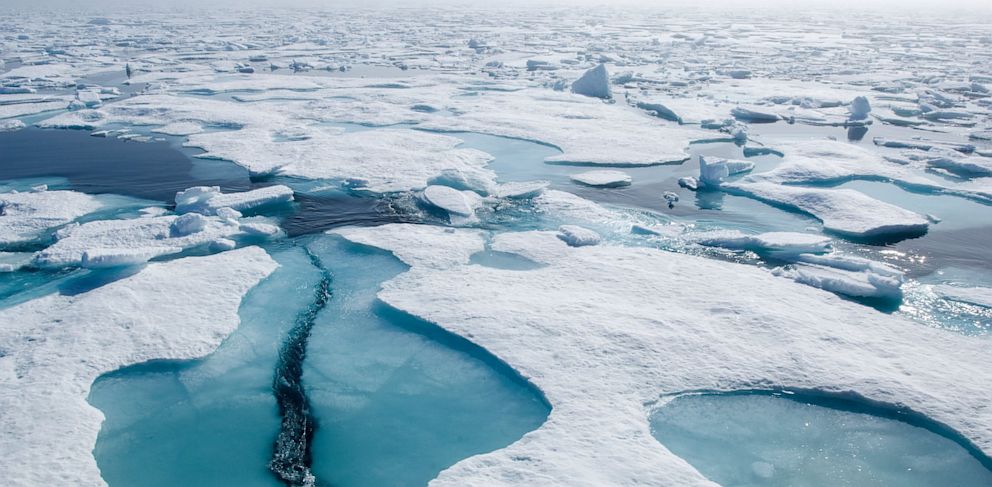Microplastics Are Airborne and Have Reached the Arctic
 Thirsty for JUICE content? Quench your cravings on our Instagram, TikTok and WhatsApp
Thirsty for JUICE content? Quench your cravings on our Instagram, TikTok and WhatsApp

We all know that climate change is real and we know plastic pollution is one of the most harmful things that mankind has ever done to planet Earth, but who knew that they could be airborne?
A new research by Science Advances shows that even remote and mountainous places like the Arctic contain plastic debris. According to the study, led by Dr. Melanie Bergmann of the Alfred Wegener Institute for Polar and Marine Research in Germany, researchers analysed samples taken from ice sheets in the Fram Strait, the gateway to the Arctic between Greenland and the Norwegian island of Svalbard, and found that they contained an average of 1,760 microplastics per litre.
They’ve identified a pattern on how these microplastics and microfibers are transported by air to remote areas such as the Alps. Previously, scientists found 24,600 plastic pollution particles per litre on average in European areas.

This study represents an importance to scientists to identify the pathway of microplastics. The researchers have called for an investigation into the impact of microplastic pollution on human health.
“We really need research on the human health aspect. There are so many studies being published now on microplastics but nothing on the human health, and that is really strange in my opinion,” said Dr Bergmann.
According to Dr Bergmann, microplastics can be carried from populated areas by ocean currents and microplastics concentration in snow indicates a significant amount of microplastics in the atmosphere. It’s also known by scientists that pollen and dusts from the Sahara can be blown over long distances. As such, microplastics are also airborne.

The most common pollutants frequently found by researchers are microplastics from polymer-based protective coatings on vehicles, buildings and ships, followed by rubber, polyethylene and polyamides including nylon.
Another study revealed that humans consume at least 50,000 microplastic particles each year. Scientists agreed that climate change is making it worse, and since new findings have proven that microplastics can reach even the most remote places on Earth, scientists are in constant struggle to up their game in developing and deploying instrumentation that can help combat this.
But we all need to play a part as well by not polluting the Earth, guys. Reduce or stop usage of everyday plastic items or one-time-use disposables now before it’s too late!
For more news, click here.


 Get Audio+
Get Audio+ Hot FM
Hot FM Kool 101
Kool 101 Eight FM
Eight FM Fly FM
Fly FM Molek FM
Molek FM

